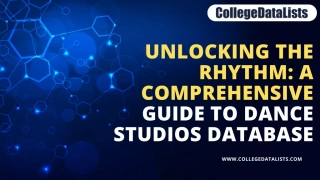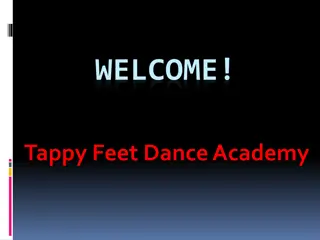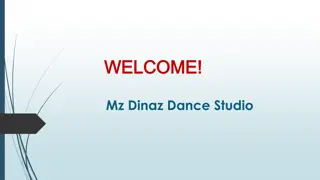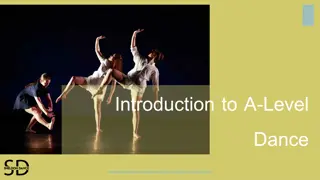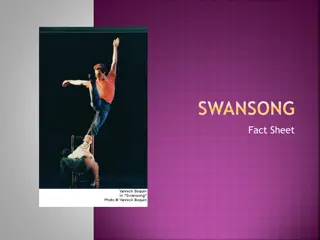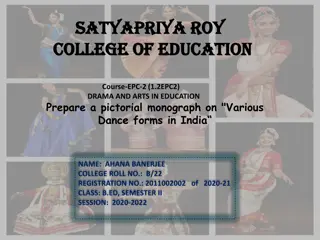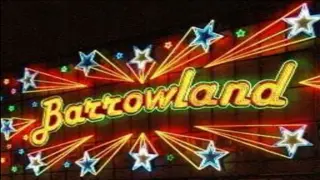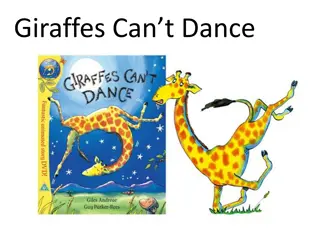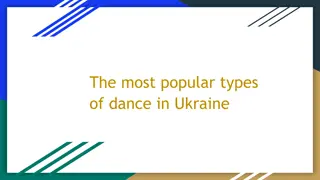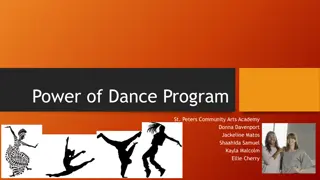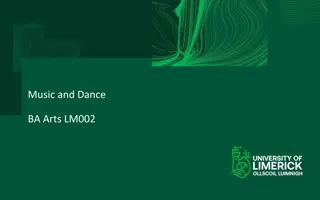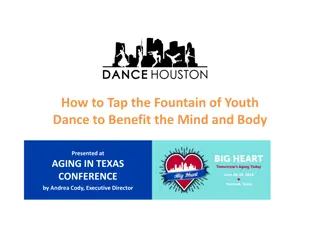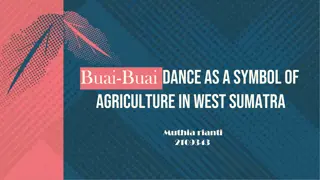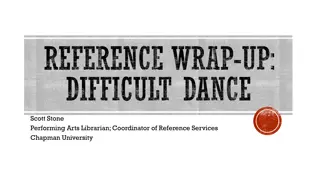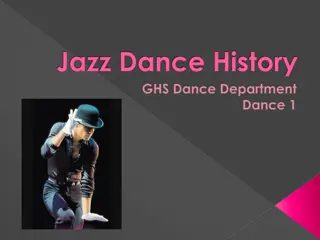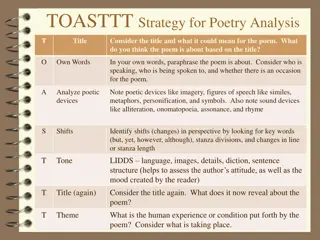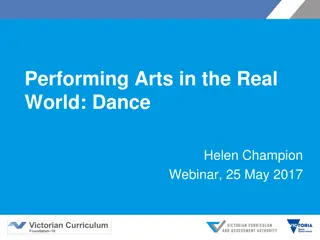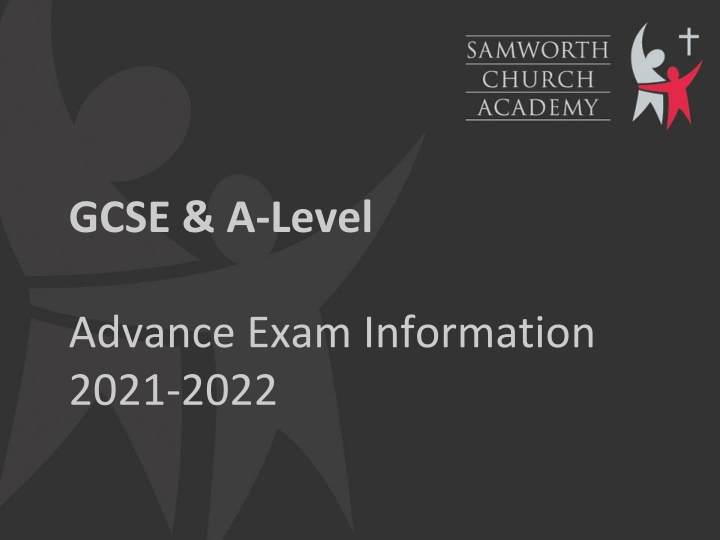
Advance Exam Information for GCSE and A-Level 2021-2022
Learn about advance exam information for GCSE and A-Level exams in 2021-2022, including its purpose, subjects covered, and how it should be utilized to support student revision. Find out how advance information impacts exam structures and what it entails in terms of exam coverage.
Download Presentation

Please find below an Image/Link to download the presentation.
The content on the website is provided AS IS for your information and personal use only. It may not be sold, licensed, or shared on other websites without obtaining consent from the author. If you encounter any issues during the download, it is possible that the publisher has removed the file from their server.
You are allowed to download the files provided on this website for personal or commercial use, subject to the condition that they are used lawfully. All files are the property of their respective owners.
The content on the website is provided AS IS for your information and personal use only. It may not be sold, licensed, or shared on other websites without obtaining consent from the author.
E N D
Presentation Transcript
GCSE & A-Level Advance Exam Information 2021-2022
What is advance information? Advance information is intended to communicate in advance some of the aspects of the specification that will be assessed in the examination papers. The breadth, depth and presentation of the advance information will vary between subjects to reflect their different characteristics. The information will detail the focus of particular aspects of the examination; for example, the content, contexts, texts, topics, sub- topics, themes and skills that will be assessed in the 2022 exams. This information will look different across a variety of subjects. It will support revision in the time before the examination.
Will advance information change how exams look/are structured? No. Advance information does not require any changes to a question paper s usual structure, which means that the examination assessments will: - Be familiar to teachers and students. - Allow continued relevance of associated assessment and teaching resources, including past papers. - Support student confidence in minimising the unexpected in the layout or structure of question papers.
Which subjects have advance information? It will be available for the majority of GCSE, AS and A level subjects. There will be advance information for all subjects except GCSE English Literature, History, Ancient History, Geography and Art and Design, and A and AS level Art and Design. The exceptions are either because of the nature of assessments in those subjects (assessment is by NEA in art and design qualifications) or because, following consultation by DfE and Ofqual, it has been decided that advance information will not be provided in subjects where optionality (students having a choice) is being introduced for 2022.
Does advance information cover everything on exams? NO. The advance information will not always detail everything that is in the examination. In some cases this would risk good education, progression, or fair results; in others it would be unhelpful to teachers and students, for example by listing topics that could lead to excessive teaching or revision on areas that are worth few marks.
How and when should advance information be used? - - Advance information can be used from the point of release. It can be used flexibly by centres to achieve its purpose of supporting revision. It should not, however, be used to narrow teaching and learning. It can be used by teachers in supporting their students revision and referred to by students in their revision and final examination preparation. It cannot be brought into the examinations. It will not be at a level that allows questions to be predicted or answers prepared. Preparation should continue to focus on knowledge and understanding that can be applied appropriately in the context of unseen examination questions. - - - -
A-Level Advance Information Subject: Dance Component 1 Performance Students will perform a solo dance of between one and a half minutes and three minutes. Students will perform a dance as either a solo or as a group (up to four dancers). As a solo they will have one and a half minutes to four minutes, as a group they will have between two and four minutes. Component 1 Choreography For between two and four minutes students will choreograph a dance for one to five dancers. Students or someone else can perform the choreography. The time penalty will apply as normal to the new minimum as well as to the maximum time requirement. Critical Engagement Section A: Study of set work The questions in Section A will focus on the set work Rooster (Christopher Bruce, 1991) within the context of the Rambert Dance Company (formerly Ballet Rambert) 1966 2002. Short answer questions: the set work Rooster and one other work by Christopher Bruce the second dance Lady Jane the fourth dance As Tears Go By the fifth dance Paint It Black the seventh dance Play With Fire Note the order above does not necessarily relate to the order of questions in the assessment. Extended response will focus on: the dance works you have studied from the repertoire of the Rambert Dance Company (formerly Ballet Rambert) 1966 2002.
What happens next? Completion of teaching of the specification Completion of coursework/portfolio work Targeted homework tasks Teaching focused on advance information areas Intervention focused on advance information areas Timed exam past paper practice Student completion of revision materials Student completion of feedback to mock exams Any issues or questions please ensure you ask?

